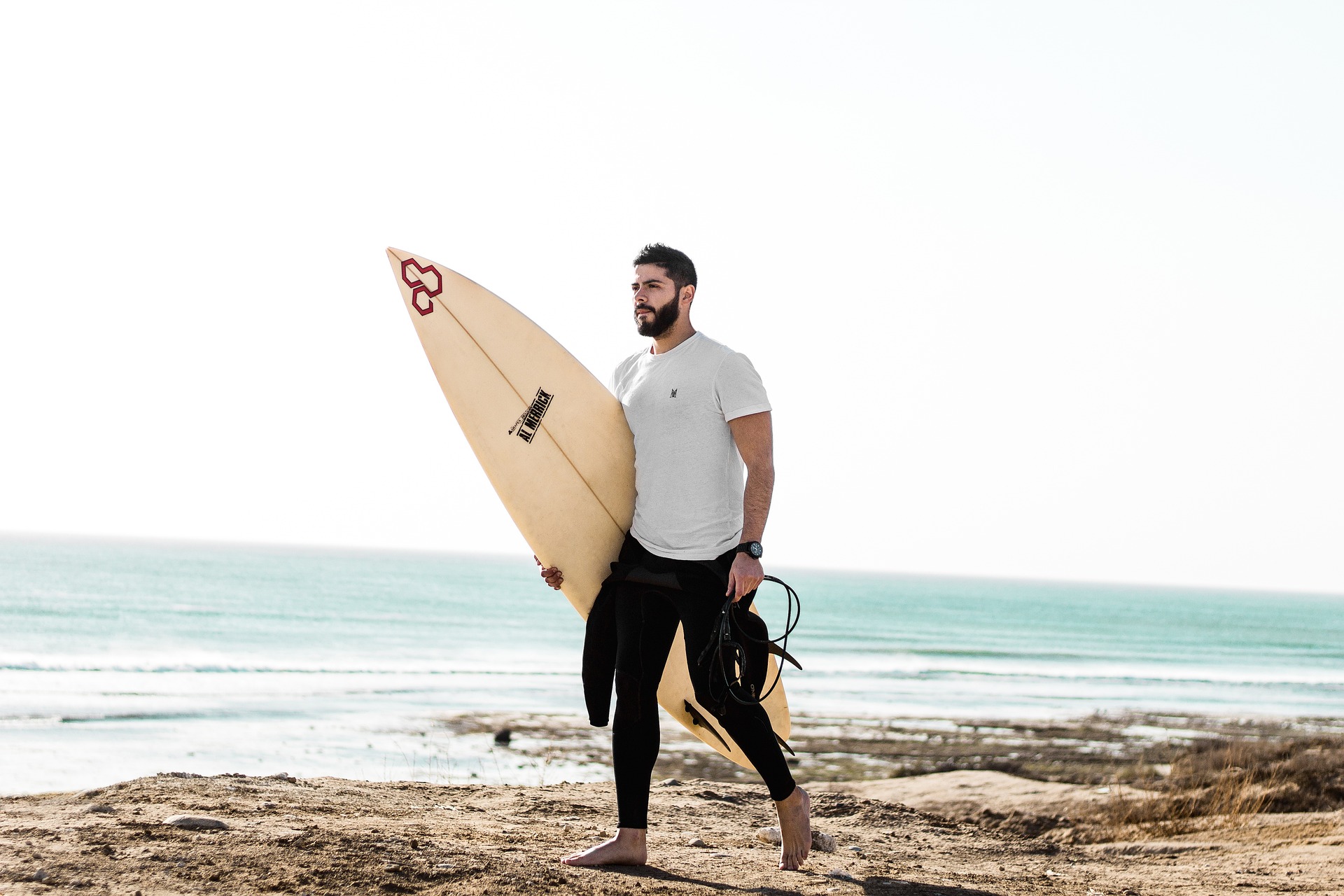Water Sports Equipment Guide for Surfing, Paddling, and Snorkeling
Many people take to the water for exercise, exploration, or relaxation, and having the right water sports equipment makes those experiences safer and more enjoyable. This guide covers essential choices and practical considerations for water sports including surfboard selection, paddleboard basics, kayak options, and snorkel gear. It also touches on storage, maintenance, and how to find local services.

Water sports equipment overview
Selecting equipment for water sports begins with understanding your intended activity, skill level, and typical conditions. Key categories include boards (surfboard, paddleboard), boats (kayak), and diving or observation gear (snorkel mask and fins). Consider whether you’ll mostly rent gear, buy entry-level items, or invest in higher-performance models. Accessories such as life jackets, leashes, dry bags, and repair kits are essential; don’t treat them as optional. When possible, try rental or demo options through local services to test sizes and styles before committing to a purchase.
How to pick a surfboard
Choosing a surfboard depends on wave conditions, rider weight, and skill. Longboards and foam boards offer stability and are forgiving for beginners; shorter performance boards respond better to steeper waves and are preferred by experienced surfers. Volume (liters) and length are primary sizing considerations—more volume makes paddling and catching waves easier. Materials vary from soft foam cores to epoxy and traditional polyurethane with fiberglass; each affects durability and weight. A leash, wax or traction pad, and basic repair materials should accompany a surfboard for safe, responsible use.
Paddleboard: what to know
Stand-up paddleboard (SUP) options include inflatable and rigid boards. Inflatable paddleboards are portable, easier to store, and durable for recreational paddling or travel. Hard boards typically provide better glide and stability for touring or racing. Choose width and volume based on cargo and balance needs: wider boards are steadier for yoga or fishing, while narrower shapes track better for distance. Paddles should be adjustable and of appropriate stiffness. Consider carrying a shore anchor, pump (for inflatable SUPs), and a personal flotation device. Renting a paddleboard through local services can be a low-risk way to determine your preferred type.
Kayak: types and safety
Kayaks come in sit-on-top, sit-in, touring, and inflatable varieties, each suited to different environments. Sit-on-top kayaks are stable and low-maintenance for warm, calm waters; touring kayaks are longer and faster for longer trips and open water. Inflatable kayaks are convenient for transport and storage but check rated capacities and seam construction. Safety gear—PFDs rated for kayaking, a paddle leash, bilge pump or sponge, and waterproof communication device—should be standard. Understand local water conditions, tides, and weather forecasts before launch. Basic paddling technique and self-rescue skills improve safety and enjoyment on the water.
Snorkel gear and fit
Snorkel equipment commonly includes a mask, snorkel tube, and fins. A well-fitting mask seals comfortably without excessive pressure; try different skirt materials and strap designs to find the right fit. Snorkels attach in a way that allows easy clearing of water and comfortable breathing; dry-top snorkels reduce water entry in choppy conditions. Fins improve propulsion—choose shorter blades for casual swimming and longer blades for more power. For snorkeling in guided areas or when visibility is limited, consider a vest-style flotation aid. Regularly rinse gear with fresh water after use and store it out of direct sunlight to extend its life.
Conclusion
Choosing the right water sports equipment blends personal goals, local conditions, and practical constraints like storage and transport. Beginners often start with more stable, forgiving options—such as foam surfboards, inflatable paddleboards, or sit-on-top kayaks—while experienced users may prioritize performance shapes or specialized materials. Across all disciplines, invest in proper safety gear, learn basic skills for the environment you plan to use, and maintain equipment to extend its lifespan. Testing gear through rentals or demos and consulting local services can help you make informed, lasting choices for time on the water.






